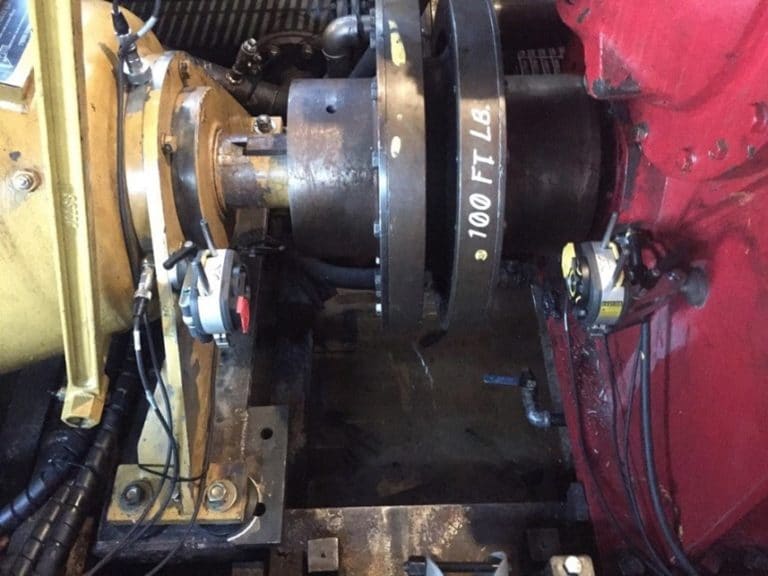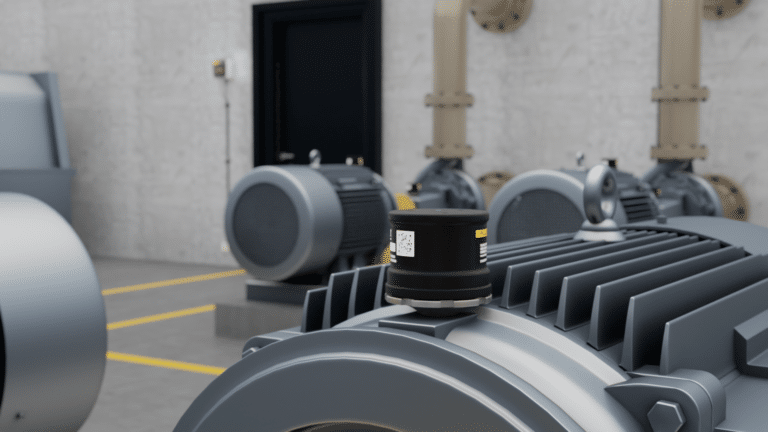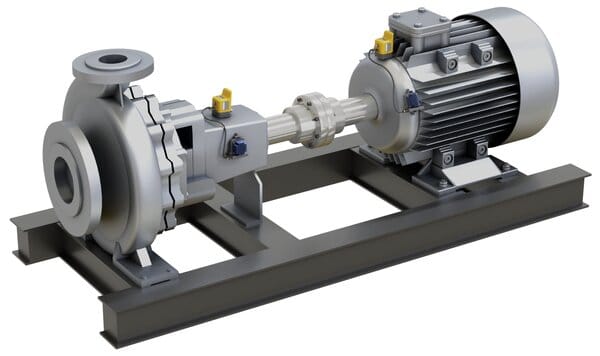
Predictive maintenance harnesses the power of the Internet of Things (IoT) to give maintenance teams eyes and ears on their equipment and assets. Predictive maintenance technology can tell you exactly which assets need attention at any given time. A predictive maintenance strategy can save maintenance teams time and money, letting them fix potential problems before they interfere with your operation and helping them avoid unplanned downtime. This blog post explains what predictive maintenance is, how it works, and five examples of predictive maintenance in the real world.
What is Predictive Maintenance?
Predictive maintenance, or PdM maintenance, is a proactive maintenance approach. It often relies on a network of wireless sensors and software that monitor your equipment on a continual basis. These sensors measure vibration patterns, acoustics, temperature, and power, all of which are key indicators of machine health and performance. These sensors are constantly checking your asset’s vital signs. And all that data and insights can be fed back into a maintenance software, like a Computerized Maintenance Management System, or CMMS.
Read more: What is Predictive Maintenance?
How Does Predictive Maintenance Work?
When you mount sensors to key points of your machinery, they generate a wealth of data, all of which needs to be organized and put to use. That’s where the software comes in. Predictive maintenance software analyzes the data from your condition monitoring sensors and predicts maintenance needs. By identifying patterns and comparing a machine’s real-time conditions to established baselines, the software can identify subtle signs of wear to address issues before they lead to failure.
Why is Predictive Maintenance Important?
Predictive maintenance technology lets you target precise areas for asset repair and maintenance. Unlike traditional maintenance, predictive maintenance isn’t based on a set schedule. Instead, predictive maintenance is driven by real-time data from the machine itself. This means that your maintenance teams can stay ahead of the maintenance cycle, optimize your maintenance schedules, and avoid unplanned downtime.
When to Use Predictive Maintenance
Many organizations use a combination of both scheduled and predictive maintenance. They follow both the manufacturer-recommended schedules for machine maintenance and perform real-time condition monitoring to catch issues that arise between planned maintenance visits. Predictive maintenance is a powerful tool for organizations seeking to increase their efficiency, reduce costly downtime, and extend their asset’s lifespans.
The remote condition monitoring capabilities are also a major advantage for plant managers who want visibility into asset health and performance at a glance. They’re also important for monitoring and maintaining machines in dangerous or hard-to-reach locations.
Ultimately, if your business depends on rotating equipment, predictive maintenance can make a meaningful difference to your operations and your bottom line.
Predictive Maintenance Examples in Various Industries
Rotating equipment are present in virtually all industrial sectors. Many manufacturing companies worldwide trust our solutions to carry out their predictive maintenance strategies and condition-based maintenance on their rotating machines.
Predictive Maintenance in Manufacturing
From automotive manufacturing to consumer goods production, predictive maintenance is a powerful capability to keep operations running smoothly, prevent material waste, and avoid unplanned downtime. Predictive maintenance can further help improve customer satisfaction for consumer goods products by ensuring product quality, reducing recalls and backorders, and ensuring on-time delivery.
Predictive Maintenance in Transportation
Some high-speed train lines in Europe are switching to a predictive maintenance model. This entails using sensors to monitor equipment aboard trains and in stations and monitor weather conditions and the rails themselves. The transition is expected to take some time, according to a McKinsey report. Rail is a highly-regulated industry with strict requirements around equipment. However, the data-based approach is expected to reduce costs and improve efficiency on rail lines.
Predictive Maintenance in Power Generation and Electrical Grids
Public trust and an ever-increasing need for energy means that electrical grids cannot afford to experience unplanned downtime. In many cases, energy providers can be fined for going offline. Predictive maintenance is an important way to improve the resilience of electrical grids. Many companies are using remote terminal units to collect real-time data from the electrical grid in order to determine when to perform repairs to prevent outages.
Predictive Maintenance in Facilities Maintenance
“Smart” buildings equipped with IoT devices like sensors and online connectivity are increasingly common. Predictive maintenance is a natural fit for smart buildings. These buildings are already generating a wealth of data about the equipment throughout the building. Implementing predictive maintenance in facilities can lead to a dramatic reduction in equipment failures and can extend the life of building equipment.
Predictive Maintenance in Oil and Gas
The oil and gas industry relies extensively on offshore operations and remote drilling. The result is that maintenance teams don’t usually have a lot of insight into the equipment being used. Many teams have adopted a preventive maintenance approach, scheduling regular times to shut down their equipment so that maintenance crews can inspect, clean, and perform routine upkeep.
Predictive maintenance saves the oil and gas industry from the expense of all those planned shutdowns. With new predictive maintenance technology, like vibration measurement tools designed for hazardous environments, maintenance teams can move toward visiting only when the equipment has an issue that needs to be addressed.
Predictive maintenance technologies are also helping in oil and gas transportation, where wireless vibration sensors certified for use in potentially hazardous environments can help teams catch potential machine faults before they cause issues.
How to Implement Predictive Maintenance
Advances in IIoT technology mean that you can more easily implement a condition monitoring approach that makes sense for your plant, whether you have one asset to monitor or hundreds of machines across multiple sites. Implementing predictive maintenance will result in significant savings in time, money, and energy as well as more uptime for your plant.






